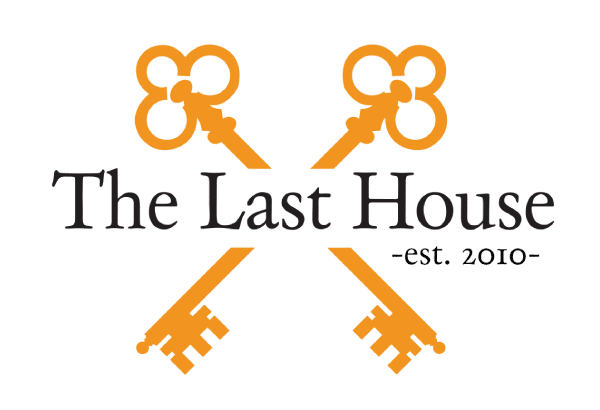
Today’s blog is something of an inaugural post. We will be bringing in strongly empirical (factual) evidence to thoroughly and simply explore and validate the claims of substance abuse experts. Today’s post, we will be exploring the effectiveness of structured sober living arrangements. The claim that structured sober living arrangements are effective has two core assumptions:
- The longer one is sober, the more likely they are to remain sober; and
- the networks and habits created by structured sober living environments make people more likely to change their behavior and stay sober longer both in and outside of treatment.
The Longer You Are Sober, The More Likely You Are to Remain Sober
This first claim makes intuitive sense to most people. It takes a long time to break a habit, particularly when a habit is tied to an addictive activity or substance. Prolonged sober living decreases the brain’s dependence on the substance in question as it becomes more independent in terms of generating and regulating chemicals, such as dopamine. This claim is easy to validate, as empirical research on the matter shows stark drop-offs in attrition as someone recovering approaches the 6-month mark. A meta-analysis from the late 1990s showed that those in long term treatment experienced a 50% reduction in cocaine consumption if in treatment for 6-months or longer.[1] This finding is particularly instructive given the addictive nature and the scale the cocaine and crack cocaine epidemics in the 1990s.[2]
Long-Term Care Structured Sober Living Creates Better Outcomes
Having established that duration of soberness is critical to maintaining sobriety (duh), we need to consider a means of extending that soberness: structured care. The idea of structured care is fairly intuitive because it centers around behavioral modification and networks of accountability. If all your friends are drug users who use regularly, you are more likely to be a drug user. If you engage in risk enhancing behaviors, like smoking when you typically smoke while drinking, you are more likely to abuse a substance. Structured care takes those ideas and works them in reverse to break vicious cycles and create virtuous ones.
There are many different factors that put a person at risk for substance abuse and recovery, the most obvious being motivation. By creating a network of like-minded individuals attempting to be sober, everyone’s motivation increases. We all bicycle faster together. Similarly, creating new positive environments to live in reduces dependence on drugs. This has been shown to be empirically true. A famous study with a food and a cocaine dispenser with rats showcased everyone’s worst fear: the rat, when isolated, would continually dispense drugs until starving to death. The second part of the Rat Park Study showed that rats, when allowed to live with other rats, strictly preferred plain drinking water to drug laced water if the drug water was linked to some sort of physical or emotional isolation.[3]
This theory, while unpopular at the time, was proven true by the most unlikely of things: the Vietnam War. Soldiers fighting in Vietnam had notoriously high rates of substance abuse, often a form of maladaptive self-care. The fear was that when the G.I.s returned home, there would be massive drug epidemics. The truth, it seems, was that when the soldiers demobilized and returned to less traumatic and more helpful environments, they had levels of drug abuse consistent with the general population.[4] Environment and behavior are extremely important to controlling substance abuse.
Conclusions
The efficacy or cost effectiveness of long term treatment for heavy drug users is not exactly news, either. The RAND Corporation, a policy research and analysis firm that typically does work for the Pentagon, released a study for the war on drugs in the 1990s. In its study, RAND found that treatment was more effective and less costly than higher mandatory sentences and other law enforcement measures. The study is so thorough and convincing in its analysis that it is used as a case study for students of public policy across the country to this day.[5] Alas, these demand style approaches have not gained traction for political reasons, to the detriment of everyone from government agents to taxpayers and drug users themselves.[6] The topic of incarceration and treatment is something that we will talk about in greater depth next week.
[1] http://psycnet.apa.org/buy/1997-43757-005 [2] http://www.drugfreeworld.org/drugfacts/crackcocaine/a-short-history.html [3] https://www.summitbehavioralhealth.com/blog/overview-rat-park-addiction-study/ [4] https://www.npr.org/sections/health-shots/2012/01/02/144431794/what-vietnam-taught-us-about-breaking-bad-habits [5] https://www.amazon.com/Practical-Guide-Policy-Analysis-Eightfold/dp/1568029233 [6] https://www.rand.org/pubs/periodicals/rand-review/issues/RRR-spring95-crime/treatment.html
